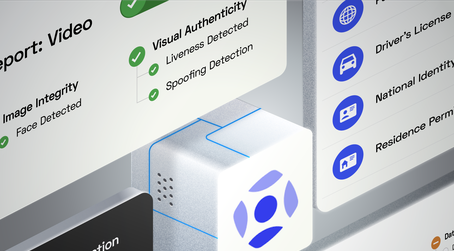
researchHQ’s Key Takeaways:
- Artificial intelligence (AI) and machine learning (ML) help organisations prevent attacks by increasing the speed at which they process data, creating predictions, and identifying system flaws.
- Conversely, there is a risk that cyber criminals will increasingly use AI and ML to develop tools stronger more sophisticated attack vectors.
- While AI will cause the loss of jobs in certain sectors, it will also create jobs in sectors such as software development, assurance, deployment and debugging.
As cyber threats are evolving more every day, it has now become necessary to look at Artificial Intelligence (AI) and Machine Learning (ML) to protect systems and give organizations the best security possible.
AI is slowly growing and is starting to be used in many sectors, such as the medical industry or the car industry. It is time that AI helps fight against cyber-attacks. With the advancements of technology and the lockdown, cybersecurity needs to be the top priority for businesses. Now, more than ever, organizations from technology companies to social media websites, have started to use AI in order to stop cyber-attacks.
By implementing AI within security systems, businesses can learn from the data collected and use it to their advantage. AI, alongside ML and security platforms, can become a really powerful tool to prevent hackers and cybercriminals from stealing private data and information.
In order to shed light on this topic, I have discussed the future of AI and ML in cybersecurity with some experts in the industry.
What can AI bring to cybersecurity?
While cybercriminals are getting more and more skilled at infiltrating and hacking new systems, AI can quickly analyse situations and behaviours and spot the threat before it even occurs.
Evan Elliott, Senior Data Scientist at BMT, points out that one of the main benefits of using AI in cybersecurity is the speed with which it can process data and create predictions. Indeed, AI can do that much faster than any human thus, making the business gain time and money.
Another benefit, he continues, is AI’s ability to make reasoned decisions in highly complex data environments, which is another area where humans can fall behind. AI and ML have the ability to change when they gather new data. Hence, they can find hidden figures without being specifically programmed where to look, making it easier for organizations to adapt their security systems as technology evolves.
Moreover, Humayun Qureshi, Co-Founder at Digital Bucket Company, underlines that both AI and ML can be used to identify potential flaws in the system, as well as identify unauthorised users and provide real-time feedback on users. Overall, implementing AI would provide much better detection of potential cyber risks.
‘The benefits of AI and ML in cybersecurity are multifaceted depending on its application’.
Yet, Humayun stresses that the cyber environment is evolving constantly as is technology and many cyber penetrations are only realised after some weeks after the attack has happened. Unfortunately, there are currently no risk assessment tools that successfully recognise
Can AI help fight cybercrimes?
Evan is positive that AI is already being used to fight cybercrimes.
According to him, AI and ML can use anomaly detection (unsupervised learning) in cybersecurity, where anomalies indicate suspicious behaviour. Indeed, they could then detect suspicious behaviour from unrecognised devices joining a network, unusual network traffic, or even host-based anomalies, such as excessive CPU utilisation, possibly indicating the presence of malware. Unsupervised learning is effective in cybersecurity as it is able to detect attacks that have not been seen before.
However, it does have its limitations as this can only work if it is trained on an uncompromised network.
Humayun gives the example of The Digital Bucket Company, which already successfully uses ML modules to identify weakness within an organization’s IT infrastructure. AI and ML systems can thus provide a layer of resilience to cyber-attacks by providing predictive capabilities.
Moreover, Evan also believes that AI could prevent cyber-attacks before they even happen. Indeed, attacks can be avoided by reducing the attack surface, which means hardening any vulnerabilities. ‘Therefore, if AI can survey all of the hardware and software versions, etc, it can correlate with known vulnerabilities and recommend patches to prevent certain types of attack.’
Besides, he adds, ‘since most attacks follow a typical path, if AI can help us detect attacks in their infancy, it gives more time for the remediation to be done before any actual damage occurs.’ Hence, this could possibly be a possible enabler for preventing attacks.
Yet, Humayun doesn’t share his idea. According to him, despite the sophistication of AI and the rapid evolution of technology, hackers seem to always be one step ahead.
As Humayun warns, there are indeed lots of ways that hackers could use AI in their favour…







